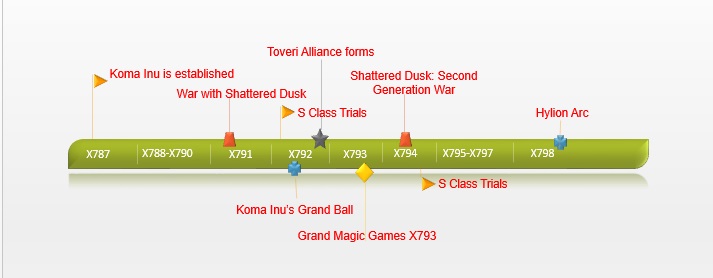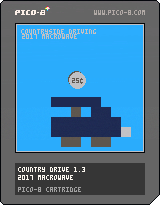

I suppose I could go to the authoritative textbooks of various fields of education to receive my answer in that particular discipline. And when it is made to run with wine in a fairy tale, it is so we might just barely remember what the river really is.Įducation concerns the question “what is real?” but I want to drive that question deeper down, all the way to the most fundamental basis I can find. But once upon a time (as all good fairy tales begin), we knew something else about the river. Ĭhemistry will tell us that the river’s water is composed of two hydrogen atoms and one oxygen atom geography will tell about the life cycle of the river and earth science will tell about the weather cycle that keeps it filled with water. They make rivers run with wine only to make us remember, for one wild moment, that they run with water.

These tales say that apples were golden only to refresh the forgotten moment when we found that they were green. But a child of three is excited by being told that Tommy opened a door.”įor a child of three the mere life of a marsupial is interesting enough. A child of seven is excited by being told that Tommy opened a door and saw a dragon. This is proved by the fact that when we are very young children we do not need fairy tales: we only need tales. Just as we all like love tales because there is an instinct of sex, we all like astonishing tales because they touch the nerve of the ancient instinct of astonishment. Is not a mere fancy derived from the fairy tales on the contrary, all the fire of the fairy tales is derived from this. He says they have an elementary wonder, which He had the goal of remaining childlike himself, even after growing up, because children escape the curse of being weary of wonders. Would you not love to have that kind of student in your classroom?Ĭhesterton was fond of pointing out to any person whose sensibilities had become jaded that life itself is actually magical. I always thought it would be grand if education could continue with such native thirst. In this zoology lesson, they were also getting a lesson in metaphysical reality: they were drawing boundary lines between marsupials in Australia and monsters in the closet, between real bears and imaginary bogeymen. I found myself saying, soothingly, quietly, in preparation for bedtime, things like “Bandicoot is the name for 21 common species of marsupials found throughout Australia and Indonesia.” And “the body of a polar bear has many features that make it an excellent hunter.” We would read this night after night, and they soaked it up like sponges because they were interested in what was real. For a year, it seemed, my wife and I did not read about Jack and his Beanstalk, or about Lowly Worm’s adventures in Busytown, but from a two-volume children’s encyclopedia about mammals. They were fascinated with knowing about animals. Our kids could not get enough about animals then. It was during a stage when our children were young, and a stage probably common to most other children. I remember a time when this bridge had significant traffic. I admit these are also true descriptions of education, but for now I am going to entertain the hypothesis that behind all these other goals is the question “what is real?” Education is a bridge between the world and the mind, and what is real in the world traverses that bridge to the mind. Talents hidden from view are brought to the surface, the craftsperson and sales agent are trained, the business accountant and laboratory assistant are equipped, the future school teacher is prepared. Or we could say that education is concerned with developing skills. In cooperation with the home, there is the goal of creating the good citizen, the gentleman and refined woman who can participate in civil discourse and contribute profitably to society. Or we could say that education concerns the formation of a person. Open cranium and insert things like “the square root of 9 is 3, the Magna Carta, 1492, To be or not to be, ribonucleic acid, bicameral parliament, sine, cosine, and tangent, rate of free-fall acceleration, Hannibal crossed the alps,” and so forth. We could, as one of my professors used to put it, say that education is “liquidating ignorance.” There could be additional ways we could describe the goals and effects of education. I will start by suggesting that education in general is concerned with the question “what is real?” This is not meant to be an exclusive definition. I am thinking about the big question, “What is Catholic education?” and thinking about it in a way that I hope is helpful to Catholic educators at all levels. Last year I retired after three decades in the classroom, and that gives plenty of grist for the reflective mill to grind.


 0 kommentar(er)
0 kommentar(er)
